White Lies.
- 23 August 2020
- The Vegan Society
As the dairy industry lies reeling from plummeting global prices, the scare stories come out in the mainstream media. “Soya milk is worse for the environment than dairy milk” was the ridiculous claim made earlier this week. The positive to take from this is how desperate the dairy industry must be to be making up these kinds of lies. It all sounds very plausible and they got the Sustainable Food Trust to agree to it, making it sound like it’s all for the good of the world. The SFT is patroned by HRH the Prince of Wales, so not necessarily very scientific and little more than an old boys club.
But as usual such claims came direct from the dairy industry and not from independent scientific sources. What is worrying is how many people are prepared to believe the lies to keep them in their comfortable state of disillusion. What is wrong with the claims? How did they manage to conclude such a travesty? How do cows disobey the laws of physics? How can they produce milk using less energy and inputs than growing a plant and feeding that directly to a human? The answer of course is that they don’t and can’t.
People keen to say that soya is a terrible crop for the planet are always keen to point to the Amazon deforestation that goes on in order to plant soy beans. The trouble with this scenario is that the soy grown here is 85% destined for animal feed. Not vegans, not soy milk, not tofu but cows (and other farmed animals) are the biggest consumers of soy on the planet. The soy plant is itself very good for the environment, if it is planted appropriately, it can feed 64 times the number of people that a cow on the same area of land can! If it has not been genetically modified, it is very helpful to the soil, natural nitrogen fixers, like all legumes, the soybean plant could help refertilise our depleted soils, if the old plants were left to decompose in the fields before the next crop. So let us please agree that soy is not the issue here.
Water is a very precious resource on this planet, although 70% of the earth’s surface is covered by water, only 3% is fresh water and of that, only 1% is accessible to us. Thus we need to be using our water sustainably, as once polluted, it is costly to clean up again. Again all the plant milks, even the water intensive almond use way less water than is used to produce a litre of cow’s milk. Even grass fed cows will require around 2000l of water to make just one litre of milk (Bear in mind washing down the milking parlour twice a day, swilling out all the milk tankers 3 times between each use etc). Compare that to the 370l that almond milk requires and soy milk is looking pretty good at only 297l per litre of soy milk. If you really want to drink the most environmentally friendly milk, then oat milk is the one.
The land used is huge, not only are dairy cows kept on grass in New Zealand, but their food must be supplemented during winter, with palm kernel extract, silage etc This requires a lot of land, there is currently 2.6 million hectares used by dairy farms in NZ, of the 12.1 million currently in use for farming and horticulture. Only 600,000 hectares are used for growing plants to eat, yet there is some 2.1% of the total land available for arable use. We are under utilising our growing opportunities by up to tenfold! And dairying in NZ is the most environmentally friendly in the world! Yet our waterways are polluted and our land is suffering.
And we haven’t even talked about the greenhouse gas emissions! Methane burping cows who consume oxygen and also breathe out carbon dioxide. Some 2.3 GT of CO2 equivalent is produced by the global dairy herds, that’s 30% of the global livestock total. Meanwhile soybeans do not produce any methane and breathe in carbon dioxide and breathe out oxygen! It’s a no brainer that reducing our reliance on animal agriculture and increasing the amount of plant matter we grow will help mitigate climate change. Methane is the gas we need to act quickly on, it is short lived so our efforts in this area will be quickly rewarded.
Once you look at the facts, it is clear that there is no way that dairy milk can be better for the environment than any plant milk. Please have a read of the following articles and links and decide for yourself.
References:
https://sustainablefoodtrust.org/
https://www.ucsusa.org/resources/whats-driving-deforestation
https://www.bbc.com/news/science-environment-46654042
https://ora.ox.ac.uk/objects/uuid:b0b53649-5e93-4415-bf07-6b0b1227172f
http://archive.stats.govt.nz/browse_for_stats/environment/environmental-reporting-series/environmental-indicators/Home/Land/land-use.aspx
https://www.fil-idf.org/wp-content/uploads/2016/12/FAO-Global-Facts-1.pdf
Enjoyed reading this? We think you'll enjoy these articles:
Sausage Rolls
Liked this? We think you’ll enjoy these recipes: Smashed Avocado Toast Smashed Avocado Toast Lentil and Apple Salad Lentil and Apple Salad …
Palak Tofu
Liked this? We think you’ll enjoy these recipes: One Pot Quinoa One Pot Quinoa Takihi Takihi 1 2 3 … 5 Next …
Angel Food Cheese Ball
Liked this? We think you’ll enjoy these recipes: Chipotle Cashew Dip Chipotle Cashew Dip White Bean and Potato Soup White Bean and …




